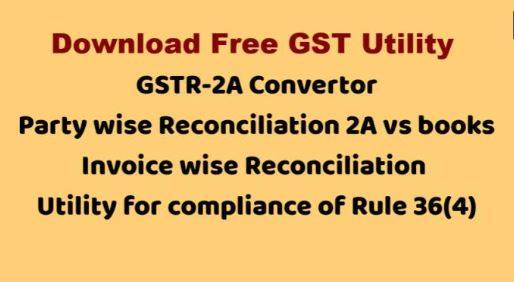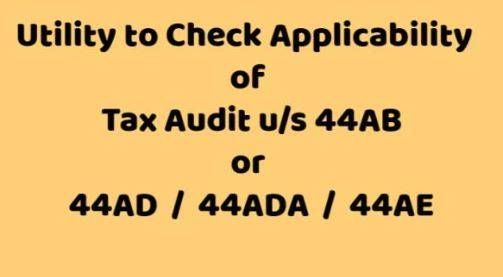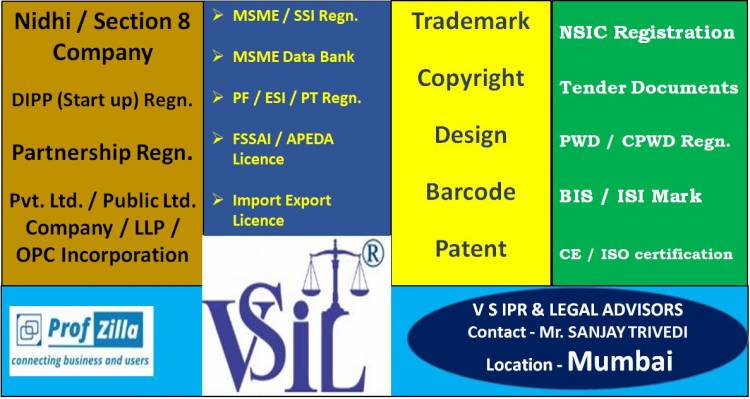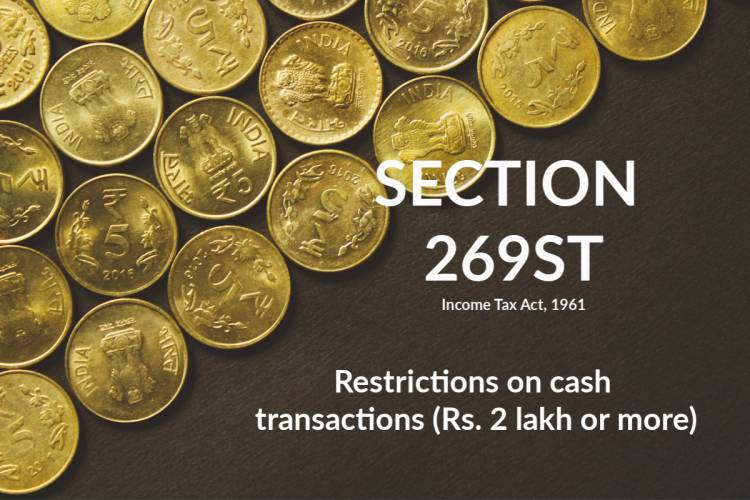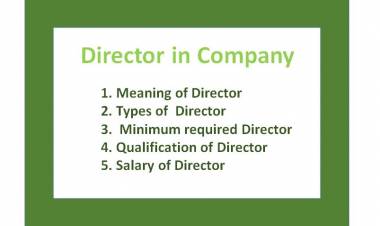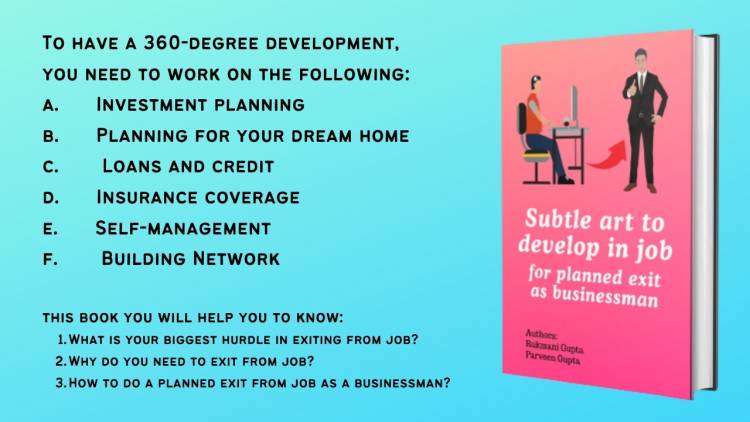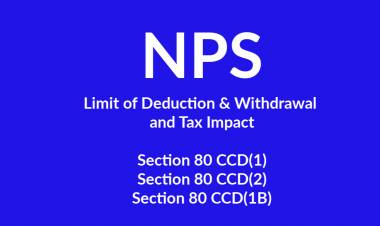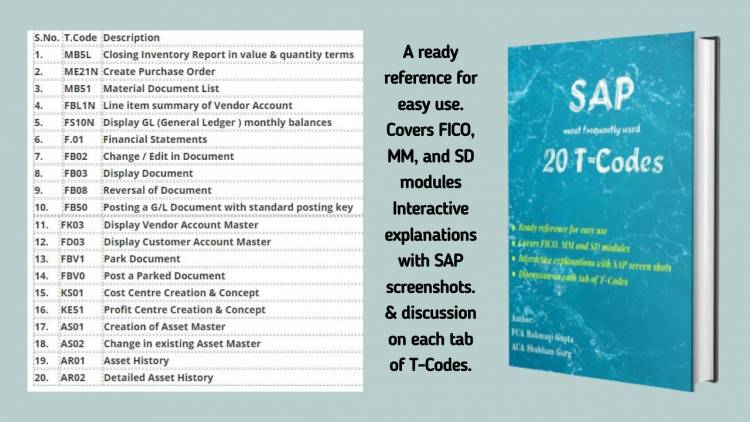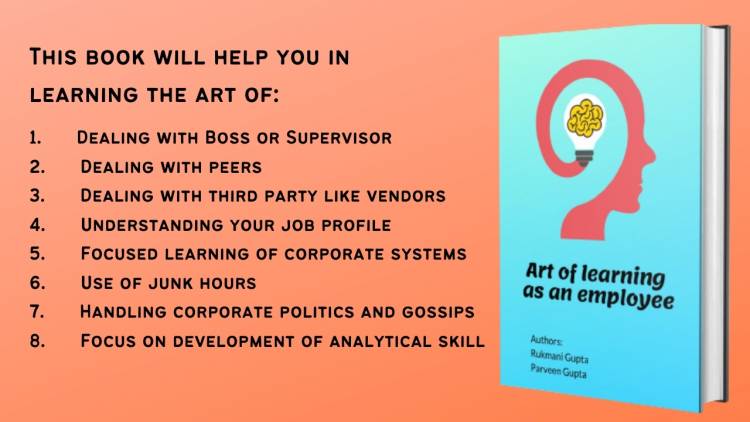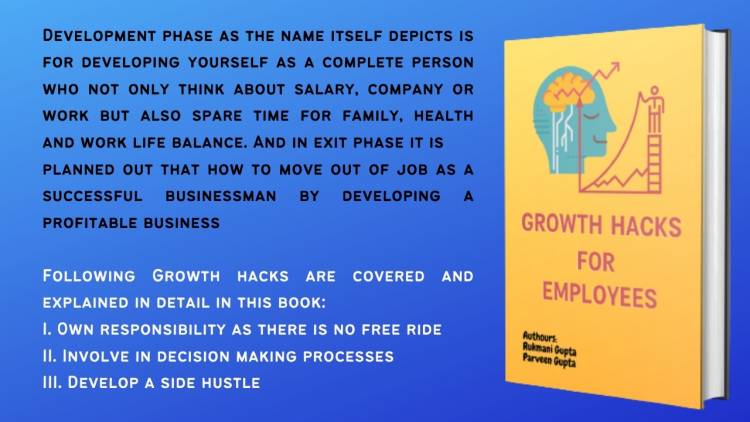ESOPs Compliance, Accounting & Taxation
ESOPs Compliance, Accounting & Taxation
Ind AS 102 deal with ESOP Accounting
Various Terms used in Ind AS 102 are as follows:
Grant: Issue of options to employees under ESOP is called Grant.
Market price: Market price means the closing price of a share on a given date on the stock exchange where the shares of the company are listed.
Vesting: Vesting means the employee gains full rights to the options granted to him in pursuance of ESOP.
Vesting period: The period during which the vesting of the option granted to the employee in pursuance of ESOP takes place.
Exercise: Exercise is the process of making application by the Employee to the Company to have the Options vested in him issued as Shares upon payment of the Exercise Price.
Exercise Price: Exercise price is the amount to be paid by an employee at the time of Exercise of his option of ESOP. This price is determined at the time of granting ESOP and this exercise price remains constant over the term of the option.
Exercise Period: Exercise period is the period from the date of vesting of options to employee till the date the options can be exercised by the employee. On the expiry of the exercise period, options which are not exercised will lapse and become invalid.
Option: Option means a stock option granted to employees an organisation pursuant to a plan, comprising of a right but not an obligation granted to an employee under the plan to apply for and be allotted shares of the company at the exercise price determined earlier, during or within the exercise period, subject to the requirements of Vesting.
We can understand the same with the help of an example:
|
Face Value |
Re. 1 |
|
Exercise Price |
Rs. 50 |
|
Grant Date |
01-01-2020 |
|
Vesting Date |
01-01-2023 |
|
Vesting Period |
3 Years |
|
Market Price |
Rs.100 |
|
Option Value |
Rs. 90 |
|
No. of shares vested |
2000 |
|
No. of Employees involved |
100 |
Management has to identify / assume the approximate no. of employees leaving the organisation for each year, based on which amount to be amortised over vesting period can be determined.
Year 1
Assumption:
No. of Employees left the Job is 1 in FY 2019-20.
No. of employee who will leave the Organisation in all the upcoming years = 5 employees every year
Calculation of No. of employees at the end of 31/03/2023 to whom share will vest =100 (total employee) -1 (left in 19-20) -5 (assumed to left in 20-21) -5 (assumed to left in 21-22) -5 (assumed to left in 22-23) = 84
Calculation of Employee Benefit Expenses to be booked during the year:
|
Date |
Cumulative Expense up to entry date |
Expenses to be booked during the year |
|
31 Mar 20 |
12,56,472 2000*90*84*0.2493/3
|
12,56,472 |
Explanation of nos. used in calculation:
2000 = No. of shares vested
90 = Option Value
84 = No. of employees leaving the organisation
0.2493 = 91/365
Journal Entry for first year:
|
Entry Date |
Particulars |
Amount (Rs.)
|
|
31 Mar 20 |
ESOP expense account Dr.
|
12,56,472
|
|
|
To Share Based Payment Reserve A/c
|
12,56,472
|
(Being grant of 2000 options to employees worth Rs. 90 amortized on straight line basis over 3 years)
Note:
1. ESOP expense account is transferred to Employee Benefit Expenses account.
2. Share Based Payment Reserve is disclosed in Statement of Change in equity.
Year 2
Assumption:
No. of Employees left the Job is 1 in FY 2019-20.
No. of Employees left the Job is 4 in FY 2020-21.
No. of employee who will leave the Organisation in all the upcoming years = 5 employees every year
Calculation of No. of employees at the end of 31/03/2023 to whom share will vest =100 (total employee) -1 (left in 19-20) -4 (assumed to left in 20-21) -5 (assumed to left in 21-22) -5 (assumed to left in 22-23) = 85
Calculation of Employee Benefit Expenses to be booked during the year:
|
Date |
Cumulative Expense up to entry date |
Expenses to be booked during the year |
|
31 Mar 20 |
12,56,472 2000*90*84*0.2493/3
|
12,56,472 |
|
31 Mar 21 |
63,71,430 2000*90*85*1.2493/3
|
51,14,958
(63,71,430-12,56,472) |
Journal Entry for second year:
|
Date |
Particulars |
Amount (Rs.)
|
|
31 Mar 21 |
ESOP expense account Dr.
|
51,14,958
|
|
|
To Share Based Payment Reserve A/c
|
51,14,958
|
(Being grant of 2000 options to employees worth Rs. 90 amortized on straight line basis over 3 years)
Year 3
Assumption:
No. of Employees left the Job is 1 in FY 2019-20.
No. of Employees left the Job is 4 in FY 2020-21.
No. of Employees left the Job is 7 in FY 2021-22.
No. of employee who will leave the Organisation in all the upcoming years = 5 employees every year
Calculation of No. of employees at the end of 31/03/2023 to whom share will vest =100 (total employee) -1 (left in 19-20) -4 (assumed to left in 20-21) -7 (assumed to left in 21-22) -5 (assumed to left in 22-23) = 83
Calculation of Employee Benefit Expenses to be booked during the year:
|
Date |
Cumulative Expense up to entry date |
Expenses to be booked during the year |
|
31 Mar 20 |
12,56,472 2000*90*84*0.2493/3
|
12,56,472 |
|
31 Mar 21 |
63,71,430 2000*90*85*1.2493/3
|
51,14,958
(63,71,430-12,56,472) |
|
31 Mar 22 |
1,12,01,514 2000*90*83*2.2493/3
|
48,30,084
(1,12,01,514-63,71,430) |
Journal Entry for third year:
|
Date |
Particulars |
Amount (Rs.)
|
|
31 Mar 22 |
ESOP expense account Dr.
|
48,30,084
|
|
|
To Share Based Payment Reserve A/c
|
48,30,084
|
(Being grant of 2000 options to employees worth Rs. 90 amortized on straight line basis over 3 years)
Year 4
Assumption:
No. of Employees left the Job is 1 in FY 2019-20.
No. of Employees left the Job is 4 in FY 2020-21.
No. of Employees left the Job is 7 in FY 2021-22.
No. of Employees left the Job is 7 in FY 2022-23.
No. of employee who will leave the Organisation in all the upcoming years = 5 employees every year
Calculation of No. of employees at the end of 31/03/2023 to whom share will vest =100 (total employee) -1 (left in 19-20) -4 (assumed to left in 20-21) -7 (assumed to left in 21-22) -8 (assumed to left in 22-23) = 80
Calculation of Employee Benefit Expenses to be booked during the year:
|
Date |
Cumulative Expense up to entry date |
Expenses to be booked during the year |
|
31 Mar 20 |
12,56,472 2000*90*84*0.2493/3
|
12,56,472 |
|
31 Mar 21 |
63,71,430 2000*90*85*1.2493/3
|
51,14,958
(63,71,430 -12,56,472) |
|
31 Mar 22 |
1,12,01,514 2000*90*83*2.2493/3
|
48,30,084
(1,12,01,514 - 63,71,430) |
|
31 Mar 23 |
1,44,00,000 2000*90*80*3/3
|
31,98,486
(1,44,00,000 -1,12,01,514) |
Journal Entry for fourth year:
|
Date |
Particulars |
Amount (Rs.)
|
|
31 Mar 22 |
ESOP expense account Dr.
|
31,98,486
|
|
|
To Share Based Payment Reserve A/c
|
31,98,486
|
(Being grant of 2000 options to employees worth Rs. 90 amortized on straight line basis over 3 years)
Journal Entry for Allotment of Shares
|
31 May 23 option availed |
Options exercised by 70 Employees
|
|
|
|
Bank A/c Dr. (2000*70*50)
|
70,00,000
|
|
|
Share Based Payment Reserve A/c (14400000*70/80)
|
1,26,00,000 |
|
|
To Share Capital A/c (2000*1*70)
|
1,40,000 |
|
|
To Share Premium A/c (Bal. Fig.)
|
1,94,60,000 |
(Being Allotment of Shares)
|
31/05/23 |
Journal Entry for Payment of Tax on Perquisites
|
|
|
|
Employee Benefit Expenses A/c Dr. |
-----
|
|
|
To Bank A/c |
-----
|
(Being Tax paid on perquisites on behalf of employee)
Journal Entry for Transferring Balance in Share Based Payment Reserve to General Reserve
|
Options not exercised by 10 Employees |
||
|
31-05-23 |
Share Based Payment Reserve A/c Dr. |
18,00,000
|
|
|
To General Reserve |
18,00,000
|
1,44,00,000 – 1,26,00,000 = 18,00,000
|
Taxation for ESOP Scheme
|
|
|
In Hands of Employee upon allotment of shares Exercise Year : 2021-22 Taxable in AY 2022-23 |
|
|
1. Perquisites u/s 17(2)(vi) |
2,00,000
|
|
(FMV on Date of Exercise-Exercise price)*No. of Shares
(150-50)*2000
|
|
|
|
|
|
2. Tax paid by employer on behalf of employee for perquisites
(Exempt u/s 10(10cc) |
Nil
|
|
Note : Calculation of Tax Amount u/s 192(1B) provisions of section 115BAC ignored for simplicity
|
Amount |
|
Step 1 : Calculate Total Salary (including the above perquisites & Deductions taken, if any)
|
12,50,000 |
|
Step 2: Calculate TDS amount on Step 2 (amount given is tentative)
|
1,94,000 |
|
Step 3: Calculate Average Rate (Step 2/Step 1)
|
15.52% |
|
Step 4: TDS to be Deducted Average Rate * Perquisites (2,00,000*15.52%)
|
31,040 |
Treatment in Income of Employee
A. Perquisite is Taxable u/s 17(2)- Added in Gross Salary.
B. Tax paid by employer on above perquisite is 1st added in Gross Salary and then provide under exemption u/s 10(10cc)
Deduction to Employer for ESOP (on Discount):
The discount, is expenditure incurred wholly and exclusively for the purpose of the business. Hence it should be allowed under the provisions of section 37(1) of the Income Tax Act, 1961.
Deduction to Employer for Tax paid on behalf of employees on issue of ESOP (on Discount):
Note: 40(a)(v) No deduction shall be allowed to employer for taxes paid on behalf of employees.
 Download APP
Download APP
 P K Gupta
P K Gupta 



